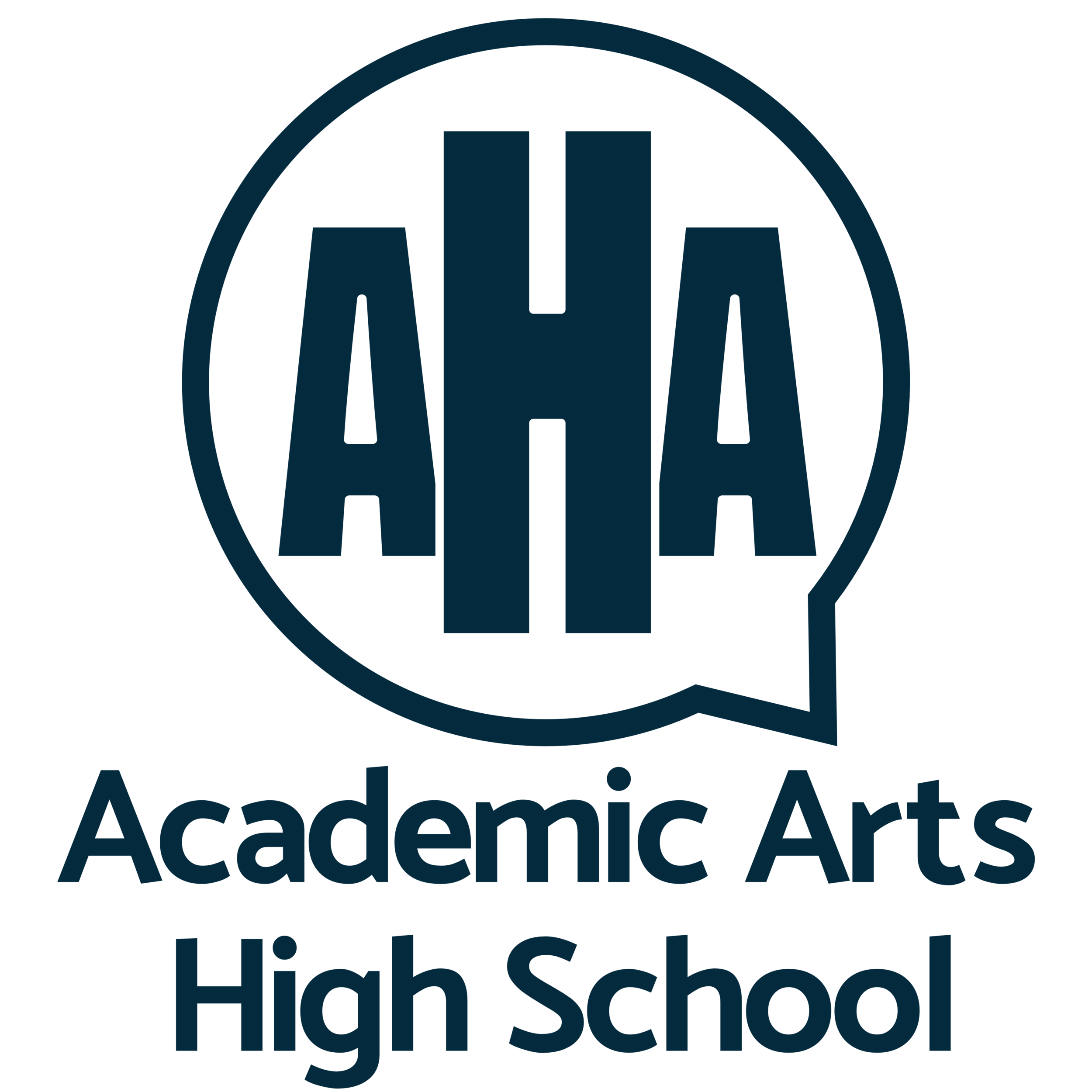What is a Teacher-Powered School?
What is “TPS”?
Here at Academic Arts High School we are a Teacher-Powered School (TPS). In the publication, Evidence for teacher-powered schools: A practical route to better and more equitable student outcomes writers Amy Junge and Lars Esdal explain that, “Teacher-powered is a type of school governance structure where teams of educators have autonomy to design, create, and make final decisions in areas impacting student success” (2020). At Academic Arts our Teacher-Powered team consists of general education, special education teachers and our other professionally licensed staff. The group is then organized into committees that collectively make decisions in order to create equitable, student-centered learning experiences. Some might ask, “why use the TPS model? It sounds like it’s challenging to make all of those decisions as a team.” The TPS model is based on research in school-based decision making, collaborative servant leadership, and collective efficacy (Junge & Esdal, 2020).
School-Based Decision-Making
At Academic Arts, our TPS model embodies school-based decision making meaning our TPS team has the autonomy to make decisions regarding school governance, finances, curriculum, and community involvement. We use a flat model which means our team of 14 TPS members make all of the daily decisions and then inform our school board and authorizer when necessary. We have been given the autonomy to make these decisions by our authorizer, Osprey Wilds, and our school board. Particularly in large urban districts, “school autonomy can, under the right conditions, be the key ingredient in change” (Junge & Esdal, 2020, p. 12). The work our team has done in the past three years to create a robust and inclusive learning environment is evident of the change needed in our education system.
Collaborative Servant Leadership
Collaborative Servant Leadership ultimately means that “individual educators have more opportunities for leadership” (Junge & Esdal, 2020, p. 14). At Academic Arts, this leads to lower rates of staff turnover and an increased sense of pride and commitment to the school’s mission and vision. According to Junge & Esdal (2020) these benefits “lead not only to marked differences in academic outcomes, but also helping students to understand and internalize how a democratic society works” (p. 14). At our school, each TPS member is part of a Power Committee. These committees oversee the bigger picture operations that our school needs to function effectively. TPS members are encouraged to lead these committees in addition to creating their own smaller sub-committees that are based on passion in addition to school and student needs.
Collective Efficacy
TPS works for us at Academic Arts because we are a team that has developed collective efficacy. “When a team of people come together in shared purpose, authority, and trust to collaboratively solve a problem greater than themselves something truly remarkable can happen. Collaborative leadership becomes collective efficacy” (Junge & Esdal, 2020, p. 15). According to researcher, Peter DeWitt, “collective efficacy can have a marked positive impact on student learning...it doesn’t just happen, especially in schools that are beset by low morale and top-down mandates. It requires a great deal of trust, which must be built over time, and an intentional effort by educators to buck the status quo” (2019, pp. 31-35). Here at Academic Arts, we actively pursue cutting edge ideas to benefit our students by thinking outside the box and asking the question, “is this the best way?” Our team model works because we encourage each other to take ownership of and lead different initiatives and we trust one another to ensure that the best interests of our school are being kept in mind.
TPS Works For Us
To sum it up, being a Teacher-Powered School makes Academic Arts different. Our teachers manage roles that you might not see in a traditional school setting. We empower our TPS team members as leaders capable of making big picture decisions for the betterment of our school community. Our students reap the benefits of a school that is designed to function in their best interests as well as the best interests of their teachers and community. Academic Arts has become a high-performing organization by accepting accountability and holding each other to high standards, and committing to ongoing growth and learning through our continuous ability to innovate and adapt.
Stay tuned for our next “What Makes Us Different “ blog post to learn about more of the cutting-edge strategies we are using at Academic Arts High School.
References
DeWitt, Peter. 2019. “High Powered Teams” ACSD online Vol. 76 pp. 31-35.
Junge, A., & Esdal, L. (2020). Evidence for teacher-powered schools: A practical route to better and more equitable student outcomes. Saint Paul, MN: Education Evolving. Retrieved November 24, 2021, from https://www.teacherpowered.org/publications/evidence.


